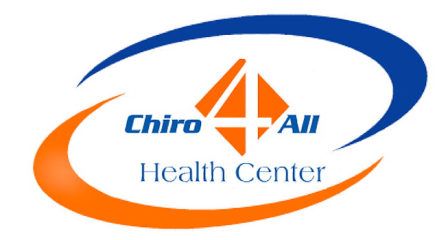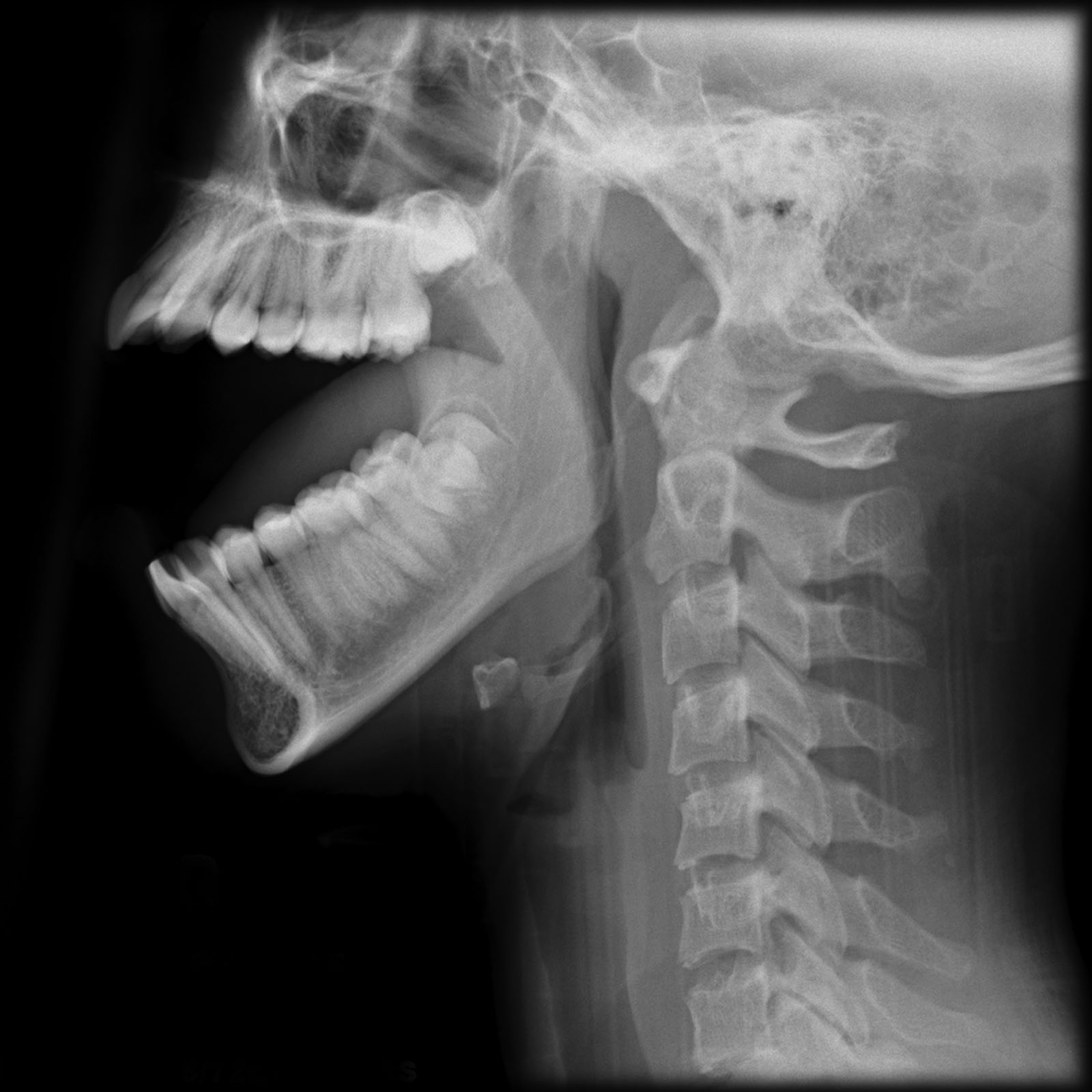Non-Surgical TMJ Pain Treatment
The TMJ (temporomandibular joint) is a complex joint that allows for opening and closing of the mouth. The temporomandibular joint (TMJ) is a unique joint that connects the mandible to the skull via an intricate suspension system of ligaments and muscles. These small muscles that are used for chewing are considered some of the strongest muscles in the body. The TMJ works with many systems to perform chewing, stabilizing the spine and even the upper shoulder girdle. This joint can become inflamed and cause chronic pain greatly affecting your quality of life.
TMJ pain is also known as TMD (temporomandibular joint disorder). TMD can begin due to disc displacement, whiplash incidents, malocclusion, teeth grinding, arthritis and systemic diseases. TMD left untreated can lead to long term implications which is why early detection is important.
TMJ pain produces a multitude of symptoms that a patient can experience such as:
- Migraine like headaches
- Tooth Pain
- Teeth Grinding
- Numbness or tingling of fingers
- Dizziness
- Neck, shoulder or back pain
- Pain behind eyes
- Earaches or tinnitus (ringing in ears)
- Pain in or around the jaw joints
- Crepitus (grinding sound)
- Clicking or popping
- Locking or limited range of motion


